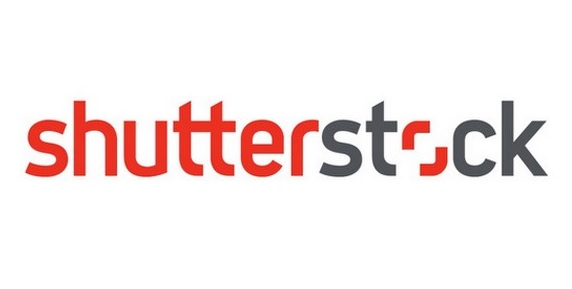When selecting imagery, concerns around representing “modern day society” outweigh the need to fit well with brand messaging, according to new research.
The study, from image library Shutterstock, looked at marketers use of images of diversity in campaigns and the results are surprising.
Highlights include:
• For images of homosexual copies, 79% chose for modernity over 29% for brand messaging
• For racially diverse images, 71% chose for modernity over 30% for brand messaging
• For non-traditional families, 66% chose for modernity over 28% for brand messaging
The key findings within the research show that marketers are increasingly using images that are racially diverse and depict homosexual couples:
o 49% have used more racially diverse images over the past 12 months
o 32% have used images of more homosexual couples over the past 12 months
Marketers select these types of images to primarily represent modern day society, as opposed to selecting imagery to simply promote brand message. Further insight shows:
o When choosing images of homosexual couples, more marketers prioritise the need to reflect today’s society (79%) rather than linking to brand message (29%)
o For the reasons behind the use of racially diverse images, more stated the need to represent society (71%) over promoting brand message (30%)
o Non-traditional family images (such as a lesbian couple with a child) are also popular with 66% of marketers choosing these types of images more
Marketers are also using less of certain images to help prevent accusations of discrimination because they do not represent modern day society:
o Less Caucasian models are now being used with 34% of marketers using these model images less
o For the decline in the use of images of heterosexual couples, 33% use these types of images less
o Whilst 38% of marketers are not using images of heterosexual couples at all because they no fit well with a brand message within marketing campaigns
“Marketing, like many other fields, has a diversity problem. The people chosen to represent campaigns have an obvious and visual impact on public life. Therefore, marketers need to be more inclusive through their choice of images.” Said Robyn Lange, Shutterstock Curator.
Our research shows that marketers in the UK are shifting their attitudes and selecting images, primarily, to represent modern day society. These marketers are influencers in their field who understand that marketing needs to reflect the diverse range of communities which are present in the UK.”
Shutterstock provides an eclectic and diverse range of imagery to help marketers bolster their marketing campaigns with the most relevant imagery which will resonate with these communities. The aim here is support more brands within our field to understand the value of representing the 21st century, by thinking carefully about the images they choose for marketing campaigns.”
When broken down by business function, marketers working in finance appear to be the least keen to showcase diversity through imagery:
o Only 28% have made the decision to use more racially diverse images over the past 12 months
o Only 28% have purposefully used more images of homosexual couples over the past 12 months
Marketers working in HR companies, on the other hand, are most keen to showcase diversity through imagery:
o 60% have used more racially diverse images over the past 12 months
o 60% have used more images of homosexual couples over the past 12 months
Research Methodology
The research was conducted by Censuswide with 500 UK marketers between the 12th October and 17th October 2016. Censuswide abide by and employ members of the Market Research Society to operate, according to the ESOMAR principles.

